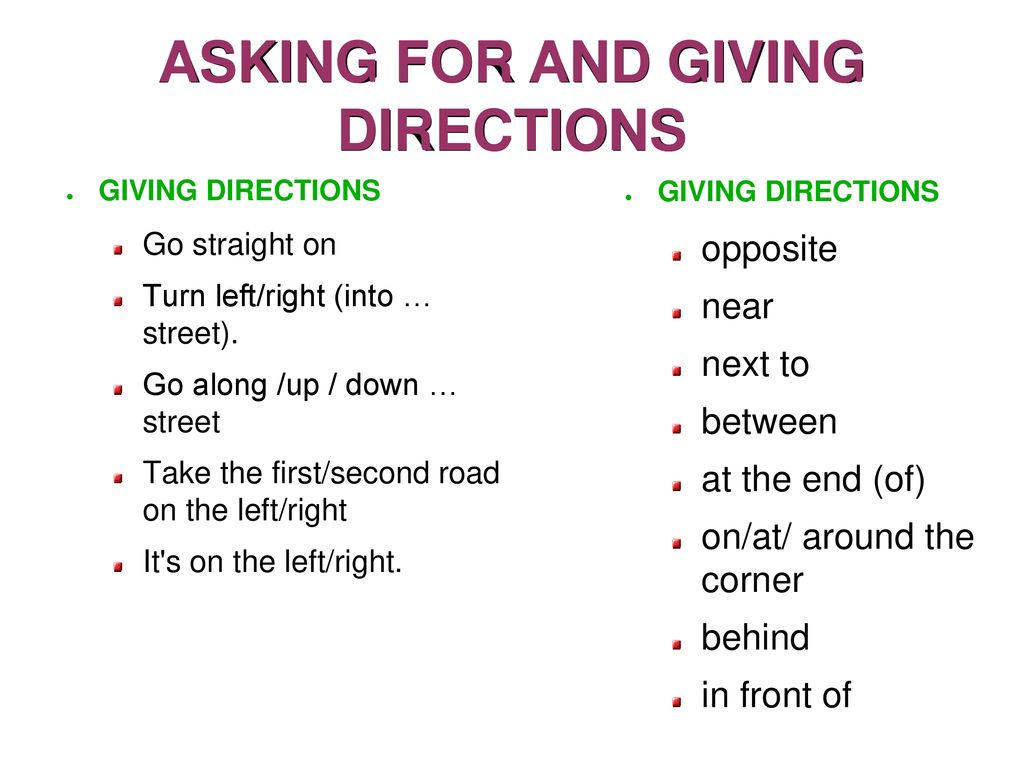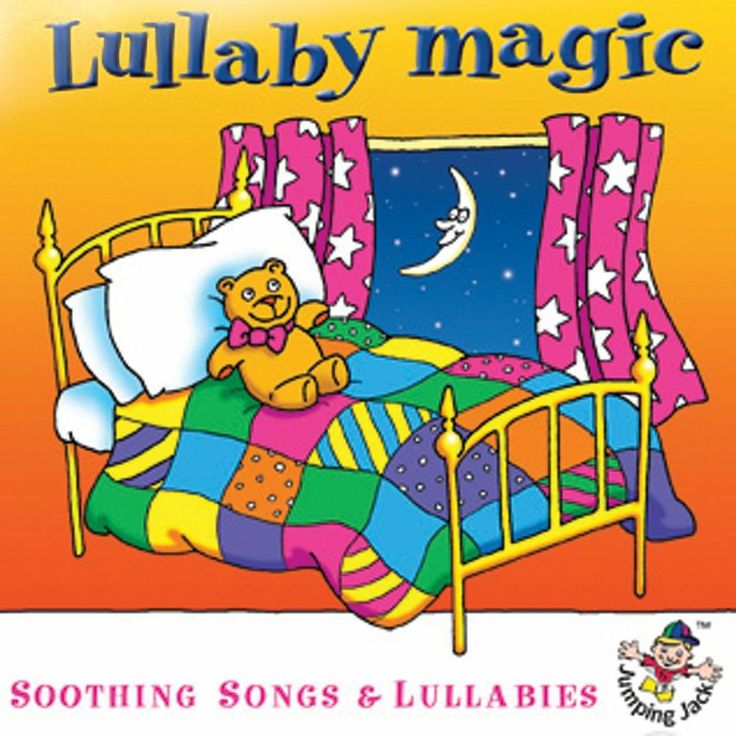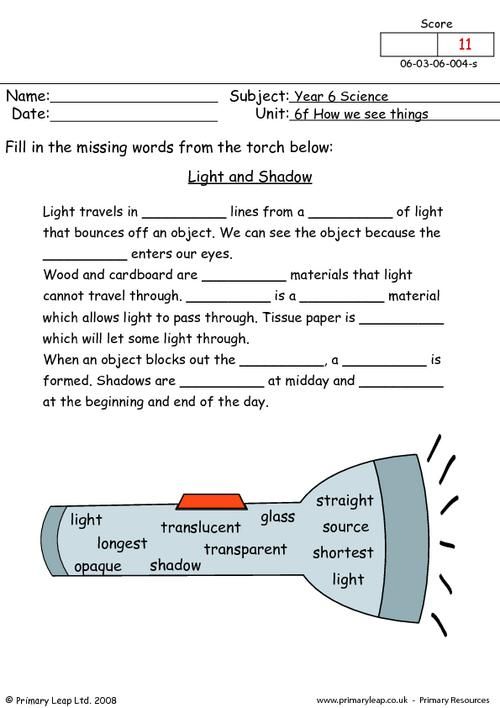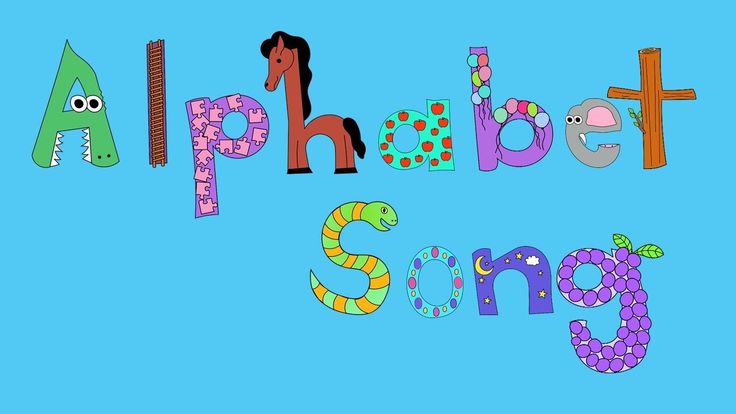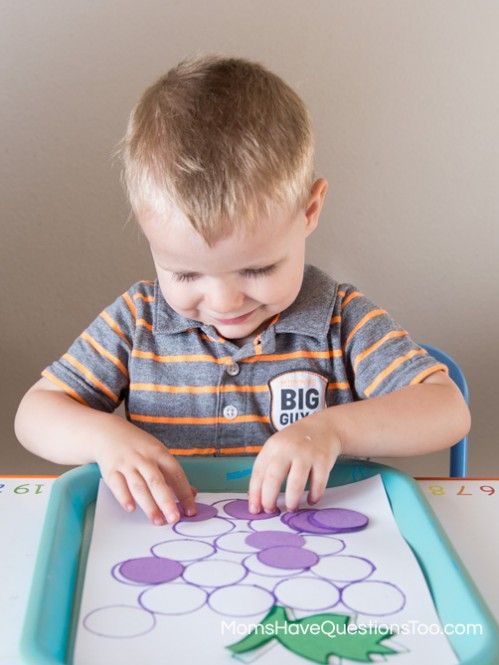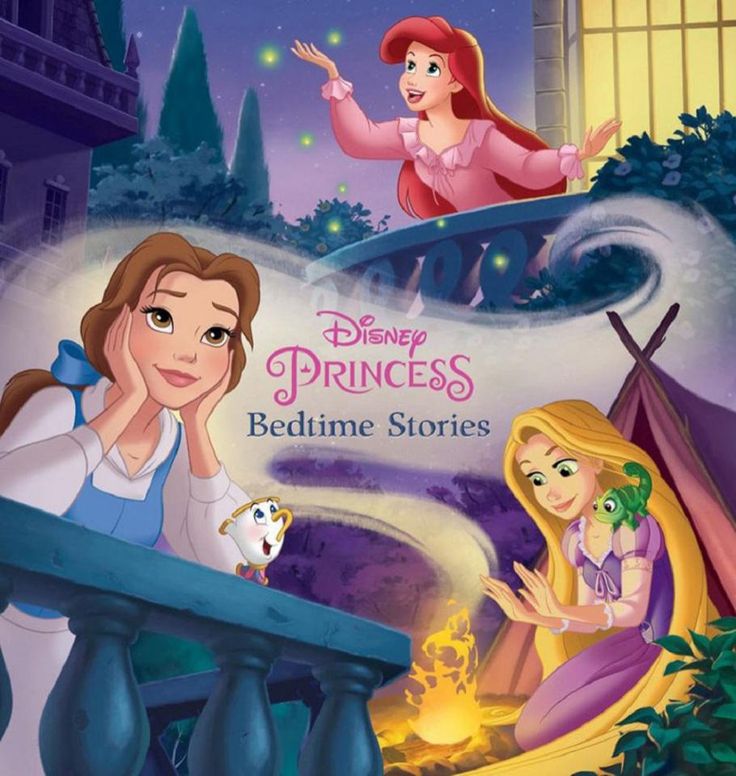Learning to write the letter s
An Introduction to Letter Writing
By: My Child magazine
Introduction
Letter writing is an essential skill. Despite the prevalence of emails and text messages, everyone has to write letters at some point. Letters of complaint, job applications, thank you letters, letters requesting changes or making suggestions — the list goes on and on. Encouraging children to write letters from an early age will improve their communication, social and handwriting skills, and teach them what they need to know about writing and structuring letters.
In this article:
What's so special about receiving a handwritten letter?
Quite apart from curriculum requirements, being asked to write letters is a task that will appeal to children. The sheer fun of sending and receiving letters appeals to every child. There is something special about putting letters into the post box and then having letters delivered by the postman… the brightly colored stamps, seeing your name on the envelope and knowing that inside is a long awaited letter from a friend or member of the family.
It shows someone cares and has taken the time to sit down and think about you.
Handwritten letters have a charm of their own. You can take time to think about what you want to say. You can keep letters to read again and again. You can admire the handwriting; share dreams and thoughts. Responding by letter is very different to the immediacy of a text message or an email.
Back to Top
Activity 1: Warming up to letter writting
Use the above themes to encourage the children to discuss letter-writing. Ask the children to put their hands up if they have ever received a personal letter. Ask for one or more volunteers to talk about how they felt to receive the letter. Here are some initial questions that may help:
- What was in your mind as you read the letter?
- Did you keep the letter to read again?
- Did you share your letter with anyone?
- Did you write back?
And some questions for whole class or group discussions:
- Can the class describe any differences between the handwritten letter and an email?
- Do the children think there is ever a time when only a handwritten letter will do?
Ask the class to interview each other to find out each individual's experiences of writing and sending letters.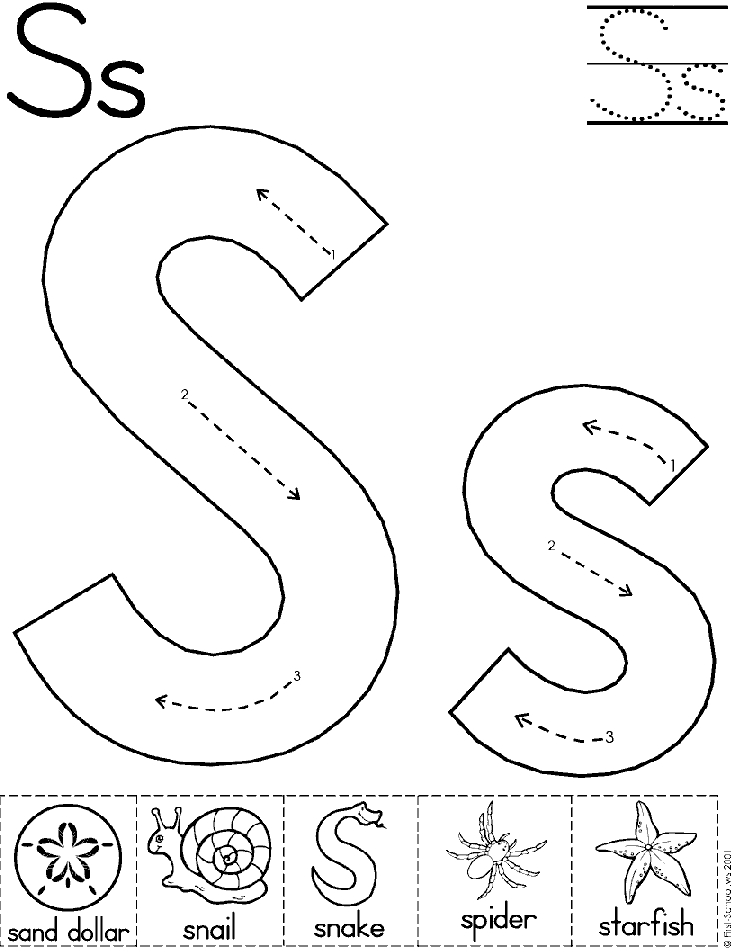 This can be recorded in a chart.
This can be recorded in a chart.
Back to Top
Activity 2: Introducing letter writing
Collect a supply of different types of letters — both formal and informal. Ask the children to sort them out into two groups. Which were written to friends? Which are formal letters from businesses? Which features or characteristics distinguish formal from informal?
Having done that ask the children to look for differences between the two groups. This allows a discussion to take place about the different types of letter. Draw up a chart for each group covering:
- Address — business or private?
- Greeting — formal or informal?
- Style of letter — friendly or business?
- What is the message?
- How does the letter end?
This will allow the children to find out for themselves the differences between formal and informal letters.
This could be followed by a discussion of the type of letters the children or their families write. How many occasions can they think of which would deserve a letter to be written? For example:
How many occasions can they think of which would deserve a letter to be written? For example:
- Letters of congratulation
- Exchanging news
- Writing to friends
- Letters saying sorry for doing something wrong
- Making appointments
- Asking for information
- Dealing with banks or stores
- Letters to family members who live some way away
- Letters to Santa Claus
- Thank you letters
- Letters showing how much you appreciate someone
- Letters responding to someone who has had bad news — showing how much you care by trying to share their sadness
- Letters of complaint
- Letters to newspapers and magazines
In each case the children should decide what type of letter would be most appropriate in each case — formal or informal? Draw up a chart for each group.
Back to Top
Activity 3: Formal letters
These are sometimes known as business letters. They are written in a strictly formal style.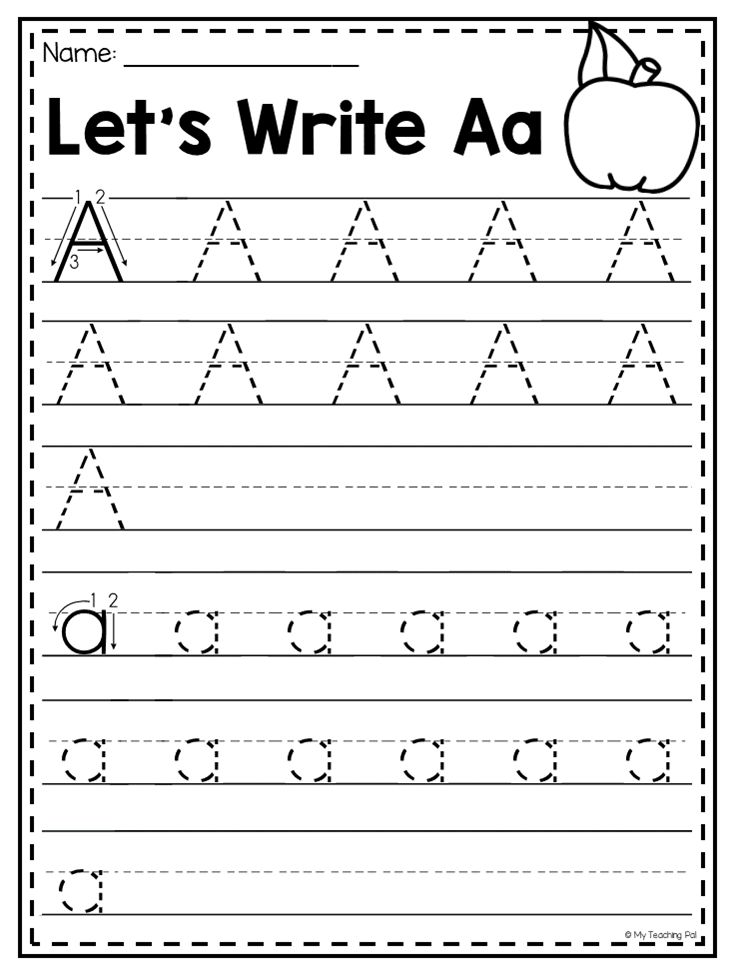 Such letters are always written on an A4 (8" x 11") sheet of paper. They can be folded three times so that the address to which the letter is being sent can appear in the window of a business envelope. The layout is always the same.
Such letters are always written on an A4 (8" x 11") sheet of paper. They can be folded three times so that the address to which the letter is being sent can appear in the window of a business envelope. The layout is always the same.
Structure:
- The senders address is put at the top right hand side
- Include telephone number and email if available
- The address of the person receiving the letter goes on the left hand side below the sender's address
- The date
- Greeting — Dear Sir or Madam. You can use the titles Miss, Mrs. or Mr. if you know the name of the person to whom you are writing
- The message
- Complimentary close — Yours faithfully or Yours sincerely
- Signature
- Write name in block letters (this is to ensure that the person receiving the letter knows exactly who has sent it. Signatures may not be very clear)
Back to Top
Activity 4: Informal letters
These are letters to friends and relations, or people you know well.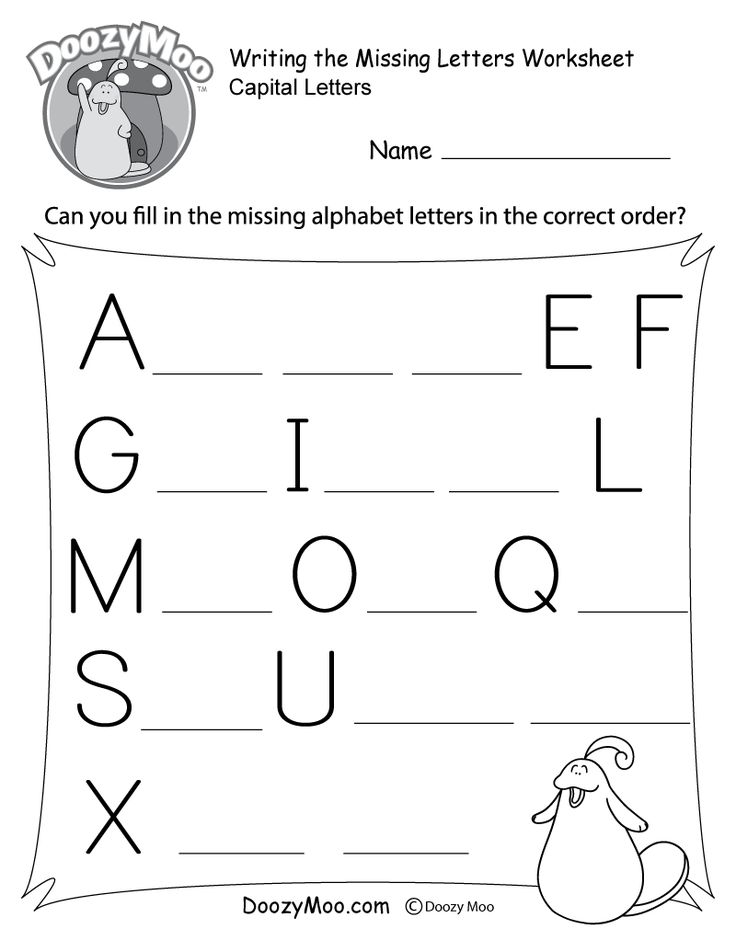 Structure:
Structure:
- The sender's address should always appear on the top right hand corner of the page.
- Include telephone number and email if available
- Greeting — There are several variations that can be used depending on how well you know the person: Dear Mary, Hi Mary, Greetings
- Complimentary close — short comment, for example Love, Lots of love, With thanks, See you soon
Tips for writing good letters
- Make sure that they are well written. It can be very annoying for someone to have to struggle to read handwriting. Always use your best and clearest handwriting.
- Make sure all your contact details are clearly written down at the top of the letter. If they are not, then you might not get a reply. The correct address is essential.
- Think about what you want to say. If necessary make some notes on a separate sheet of paper first. This will ensure that you do not forget anything.
- Think about to whom you are writing the letter.
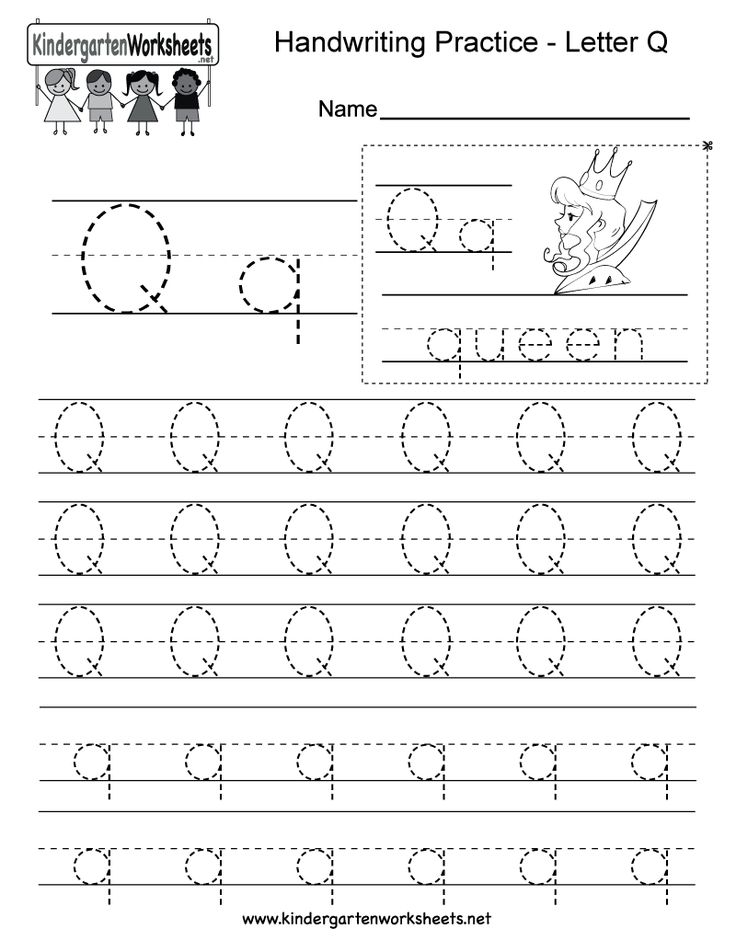 Use the right style of writing and language — formal or informal, business like or friendly.
Use the right style of writing and language — formal or informal, business like or friendly. - Lay out your letter using paragraphs. This makes it easier for the reader.
Back to Top
Activity 5: Letter of inquiry and letters providing information
Suitable for school, children ages 7-9
These are formal letters and messages need to be precise and detailed, covering all the required information. Two types of letters can be undertaken — a letter requesting information; and a reply providing it.
Out in the Milky Way, there is an alien curious about Earth. He writes a letter asking for information about liquids and gases. These do not exist on his planet and he finds it hard to understand what they are.
Write a letter explaining what liquids and gases are. How do they work? What examples could be included? What would be confusing about them? This could link to your science curriculum and could act as a revision exercise giving an opportunity for a discussion about gases and liquids.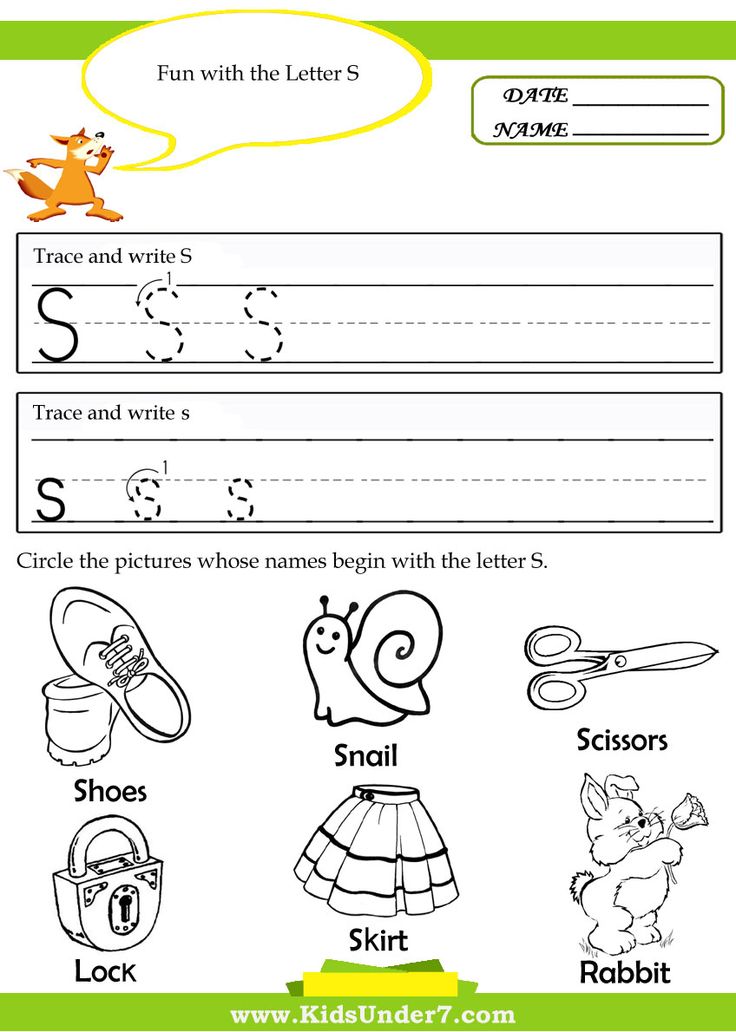
The following day, give the children a thank you letter from the alien!
You could link up with another class in the school. One class could write letters of inquiry. These would be delivered to the second class for answering.
Back to Top
Activity 6: Thank you letters
Suitable for school, children ages 5-7 and 7-9
Thank you letters are very important and can be used in lots of ways: thanking organisations for helping, thanking people for helping you, thanking someone for a lovely time. They make a good follow up exercise after receiving presents or going on a visit.
Your class has just been out on a school visit to a farm. Write a thank you letter to the farmer. You will need to say thank you and how much you enjoyed the visit. Give some examples of what you enjoyed best about the day? Was it feeding the lambs? Pond dipping? Seeing the young animals?
Back to Top
Activity 7: Letters of invitation
Suitable for school, children ages 5-7 and 7-9
Everyone likes receiving invitations.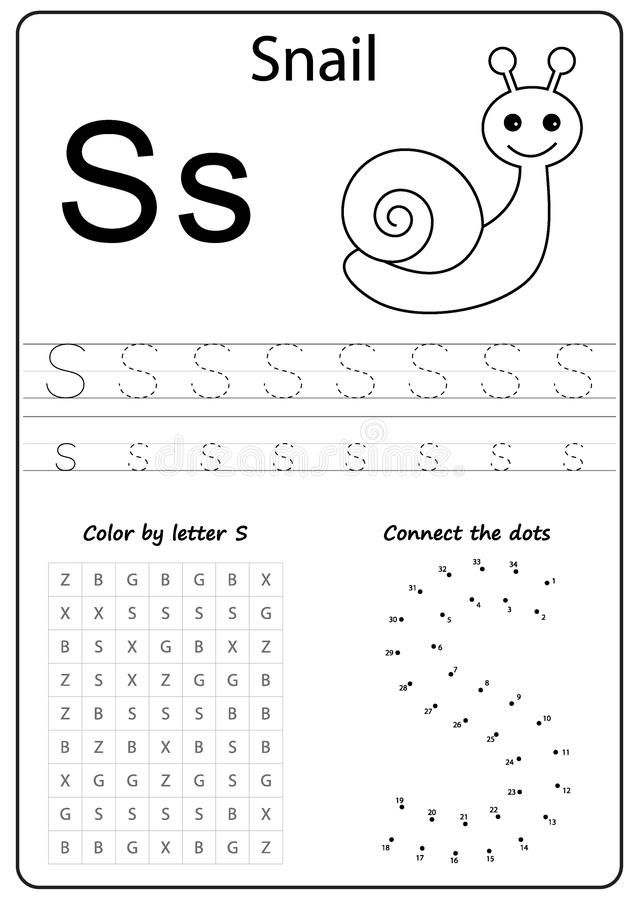 Receiving a hand written letter asking you to a party or a special event makes you feel very special.
Receiving a hand written letter asking you to a party or a special event makes you feel very special.
Discuss what type of event might create a need to write letters of invitation. There are plenty of examples — birthday parties, Christmas parties, a visit to a beach with friends; going out to a farm or to the cinema, a wedding or when a new baby is christened; or simply inviting a friend to stay overnight at your house.
Choose a special event and write a letter inviting a friend. What do you need to include in the letter so that they have all the necessary information? You need to be clear on the date and the time, as well as the location. Your friend would be very upset if he or she went to the wrong place. Does he or she need to bring anything with them? Does he or she need to be collected at a set time? Will outdoor clothing be needed if the weather is bad? How will your friend reach the location of the event? Should a parent bring them or will you provide transport?
Remember to ask them to reply saying yes or no.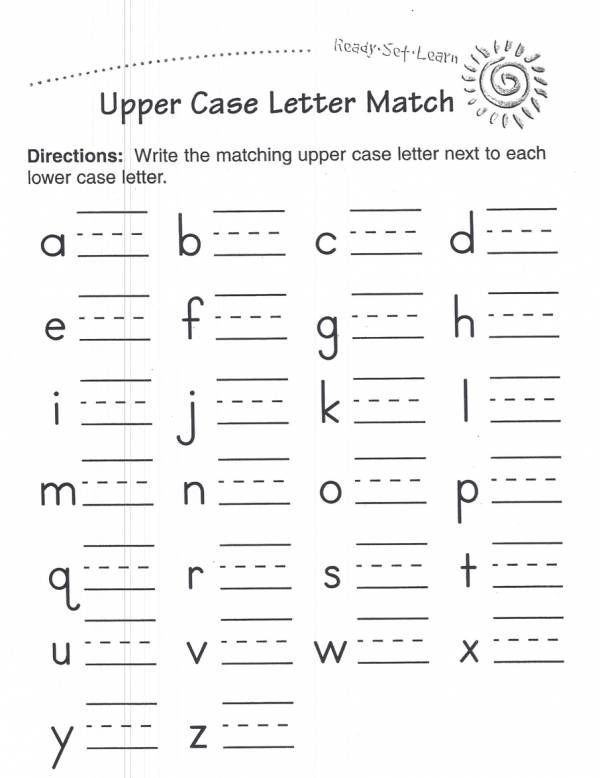 Give a date by which you must have their reply. This is important if food and drink are being provided, or if you need to know exactly how many people are coming.
Give a date by which you must have their reply. This is important if food and drink are being provided, or if you need to know exactly how many people are coming.
Back to Top
Activity 8: Letters of complaint
Suitable for school or home, children ages 5-7 and 7-9
When might a letter of complaint be sent? It might be when someone has done something wrong. Sometimes people write letters to organisations or the newspapers to complain about litter or poor service.
Just imagine what Mr. Bear must have been thinking at the end of the story of Goldilocks and the Three Bears. A naughty girl had broken into his home, eaten his porridge; broken a chair and then gone to sleep on his child's bed. Then she had run away without even saying sorry when the bears came back.
Write a letter of complaint from Mr. Bear to the parents of Goldilocks. What would he say? He would need to get his complaint across very strongly. There would be a list of Goldilocks' misdeeds. He would ask for an apology. Would he ask for payment for the broken chair? Would he ask for action to be taken against Goldilocks? Discuss the various possibilities with the children. What might he ask? Would it be a formal or informal letter?
He would ask for an apology. Would he ask for payment for the broken chair? Would he ask for action to be taken against Goldilocks? Discuss the various possibilities with the children. What might he ask? Would it be a formal or informal letter?
Back to Top
Activity 9: Letters to Santa
Suitable for school, children ages 5-7 and 7-9
Every year children write letters to Santa Claus, asking for special toys at Christmas time. But how many children think about Santa Claus himself? What is his life like? What are the problems of living amid all that snow and ice?
This is an exercise that could involve two classes within a school. Both classes should prepare for the task by listening to some unusual letters. J R Tolkein wrote a lovely book entitled Letters from Father Christmas. Every December a letter would appear telling wonderful tales of life at the North Pole — how the reindeer got loose and scattered presents all over the place; how the accident-prone Polar Bear climbed the North Pole and fell through the roof of Santa Claus's house.
Children in the younger class should write letters to Santa. They should ask about life at the North Pole. What do they think it is like? What sort of characters live there? How does Santa Claus occupy his time for the rest of the year? Consider how they would feel living in a land of snow and ice all year round? Would they want a holiday somewhere warmer?
Once the letters are written, gather them up and take them to an older group of children. Give each child a letter and ask them to write a reply. This would give them the opportunity to use their imagination and create imaginative responses, possibly little stories about life at the North Pole. They could also add in their own ideas. But care should be taken to make sure that all the questions in the original letters are answered.
Finally, take the answers back to the original class for reading and discussing.
Back to Top
Activity 10: Letters to newspapers and magazines
Suitable for school, children ages 7-9
These are letters that aim to pass on an opinion or a message.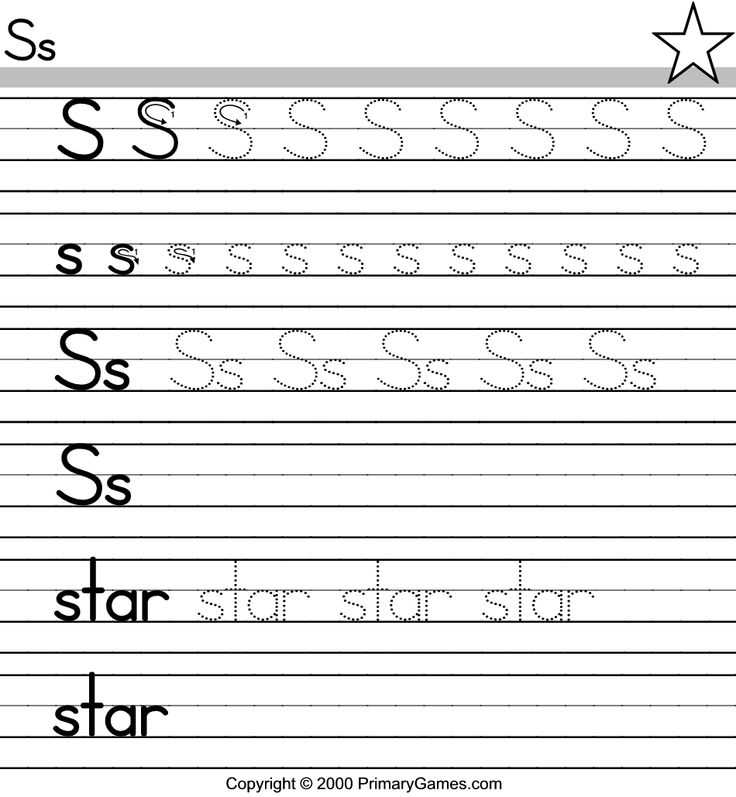 Examples can be easily obtained from local newspapers or from children's magazines such as DK Find Out or Aquila. They are written slightly differently to normal letters and are always addressed Dear Sir, or Dear — (name of magazine).
Examples can be easily obtained from local newspapers or from children's magazines such as DK Find Out or Aquila. They are written slightly differently to normal letters and are always addressed Dear Sir, or Dear — (name of magazine).
These are letters that are directed at a wide audience — anyone who happens to read it. The sender never gets a direct letter back through the post. Sometimes people are so interested in a letter, which has appeared in a magazine that they want to express their opinions. So they then write a letter to the magazine giving their comments.
So what might go into a letter to a newspaper or magazine? It might be a request — could you provide more stories about skate boarding, or nature? It might be a way of thanking people for providing help. Sometimes letters to local newspapers are used to thank people who helped find a lost dog or help after an accident; but who did not leave their names. By writing to the paper, the sender hopes that the message will reach the people concerned.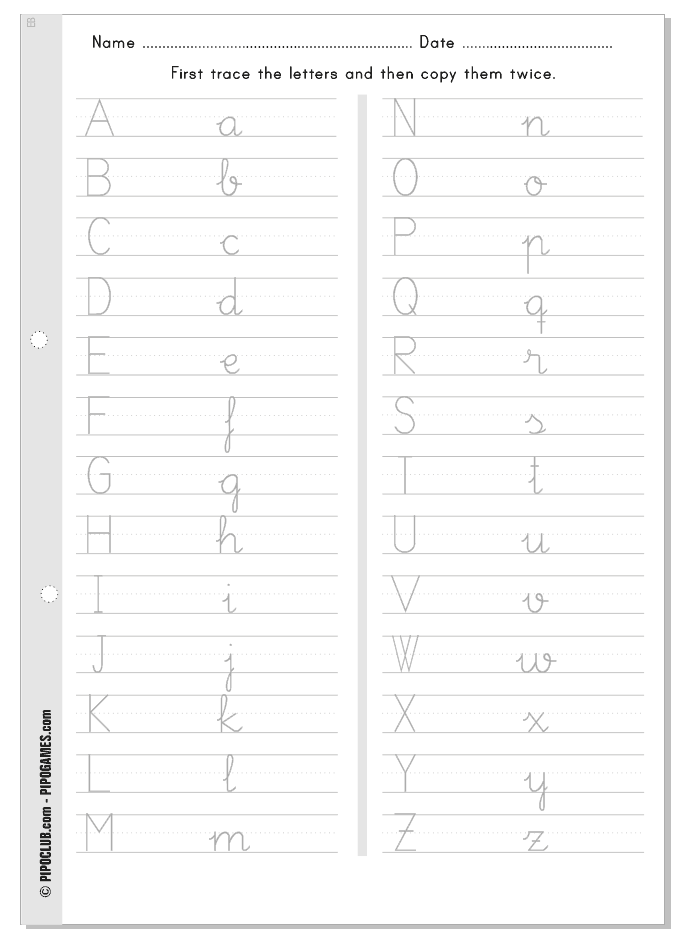 Sometimes such letters are used to express opinions such as on climate change, treatment of animals, poor services, not enough buses, and human rights.
Sometimes such letters are used to express opinions such as on climate change, treatment of animals, poor services, not enough buses, and human rights.
Letters of this kind need to be very precise. Arguments should be clearly made. Requests for action should be clearly indicated. From reading the letter, everyone should know exactly what the sender is asking.
A major issue is recycling and energy conservation. Everyone is trying to reduce the amount of energy we use. Look at all the reasons why energy conservation is so important. Then, write a letter to a paper or magazine saying why you believe we should avoid wasting energy. Give examples of how energy can be saved? What measures should we take in our homes or schools? Could anything more be done?
Back to Top
How to Teach Handwriting—and Why It Matters
George Lucas Educational Foundation
EdutopiaEdutopia
Search
Literacy
Teaching young students how to write by hand before moving on to keyboarding can help improve their reading fluency as well.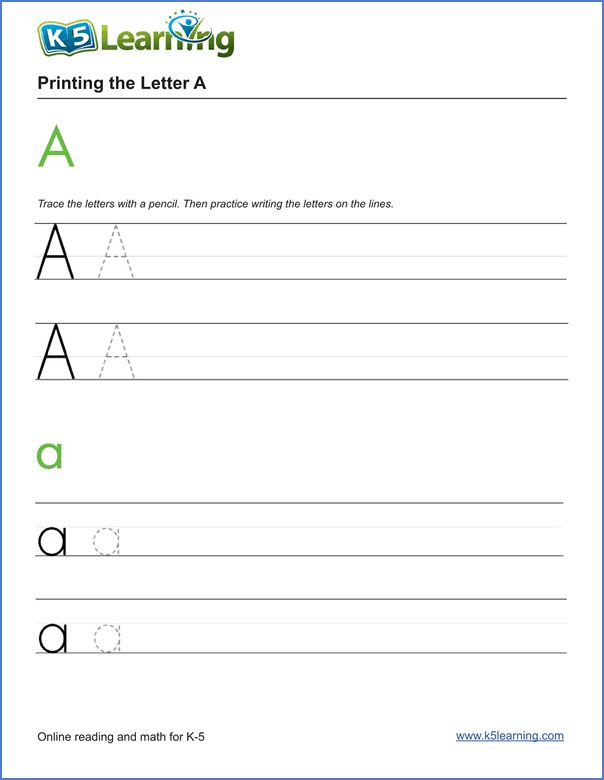
By Brooke MacKenzie
July 2, 2019
rabertid12 / Twenty20
Technology is an undeniable fact of everyday life and can support students’ learning. But there are limits to that: Completely replacing handwriting instruction with keyboarding instruction in elementary school can be detrimental to students’ literacy acquisition. Why are handwriting and letter formation so important?
Research has demonstrated a correlation between letter-naming and letter-writing fluency, and a relationship between letter-naming fluency and successful reading development. There’s a strong connection between the hand and the neural circuitry of the brain—as students learn to better write the critical features of letters, they also learn to recognize them more fluently. This recognition of letters leads to greater letter-writing fluency, which leads to greater overall reading development.
In an article summarizing several studies on handwriting and learning, the writer Maria Konnikova notes, “Not only do we learn letters better when we commit them to memory through writing, memory and learning ability in general may benefit.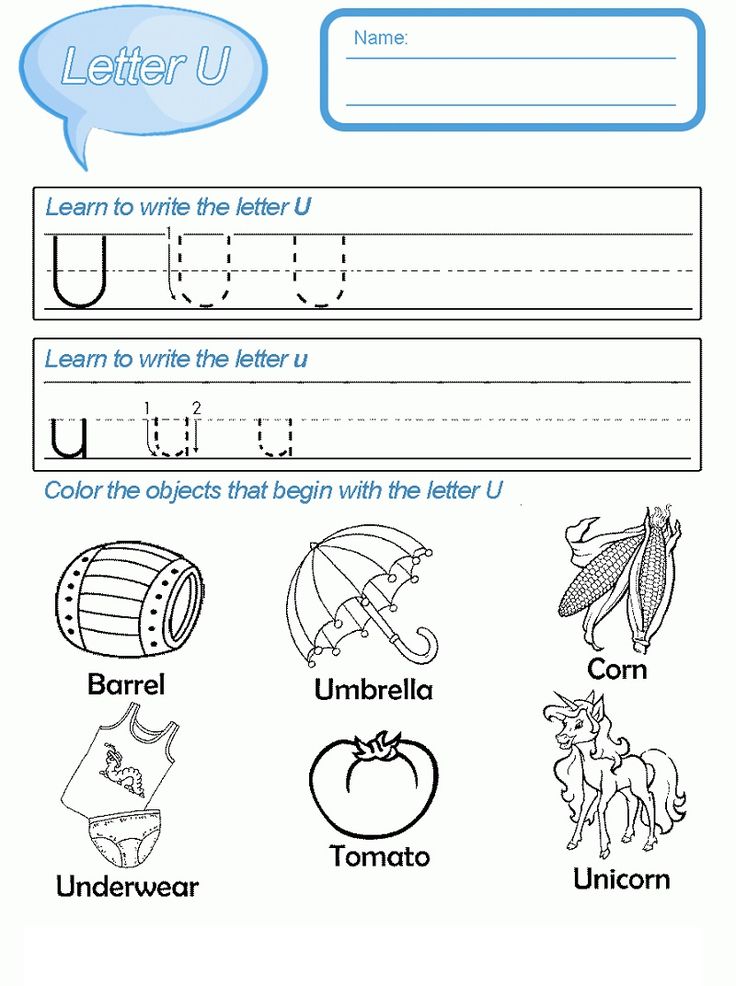 ” When students write letters manually, they learn them more effectively. Switching to keyboarding before students have developed handwriting skills may reduce their ability to recognize letters. Konnikova also cites a study that found that students who wrote by hand—as opposed to on a keyboard—were able to generate more ideas. Students with better handwriting demonstrated “increased overall activation in the reading and writing networks” of the brain.
” When students write letters manually, they learn them more effectively. Switching to keyboarding before students have developed handwriting skills may reduce their ability to recognize letters. Konnikova also cites a study that found that students who wrote by hand—as opposed to on a keyboard—were able to generate more ideas. Students with better handwriting demonstrated “increased overall activation in the reading and writing networks” of the brain.
How to Teach Handwriting
Learning how to print is a developmentally appropriate first step of handwriting instruction for students in grades pre-K to 2, in terms of their fine motor skills. Handwriting instruction does not require a big time investment: Brief lessons and frequent feedback for students can be incorporated in all areas of the curriculum throughout the school day.
There are four main aspects of handwriting instruction: pencil grasp, formation, legibility, and pacing.
Pencil grasp: When it comes to how a child holds a pencil, there are correct and incorrect grasps.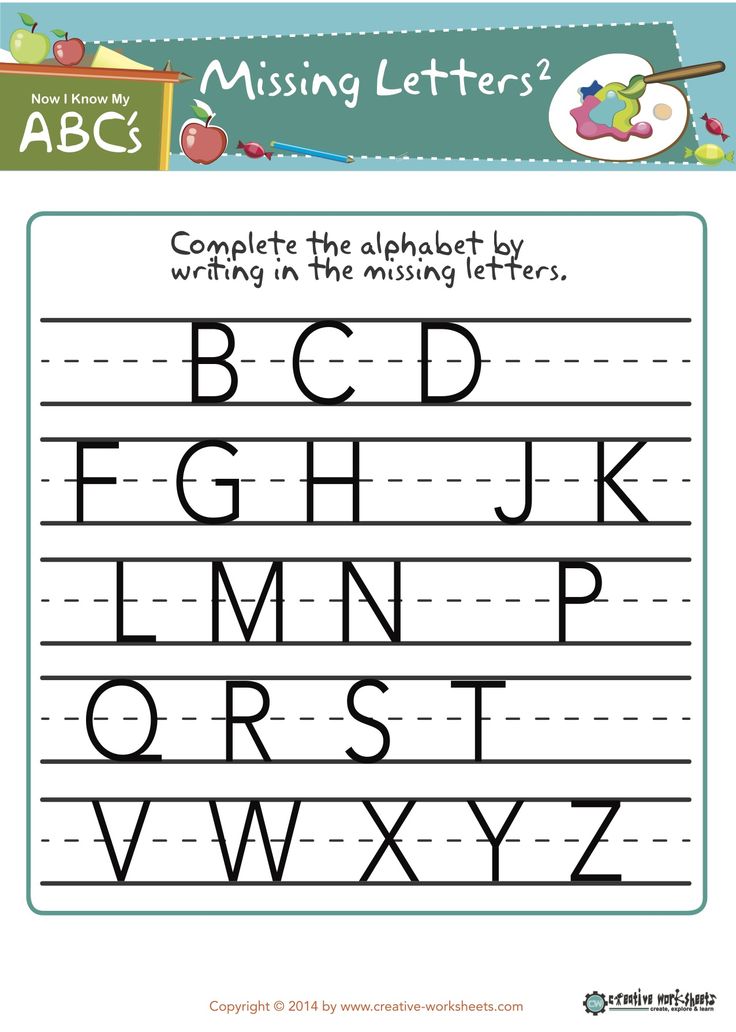 The correct grasps—in which the index finger and thumb hold the pencil against the middle finger—result in comfortable and efficient handwriting, while incorrect grasps can cause poor letter formation and fatigue.
The correct grasps—in which the index finger and thumb hold the pencil against the middle finger—result in comfortable and efficient handwriting, while incorrect grasps can cause poor letter formation and fatigue.
A student with a poor pencil grasp may benefit from using tools such as a pencil grip or from wrapping a rubber band around the ring finger and pinkie—not too tightly!—to fold them against the hand. You can also teach the “pinch and flip” trick: The student places the pencil with the writing end facing her, pinches the pencil between the thumb and index finger, and flips the pencil into the correct position.
Formation: This refers to how a student goes about forming letters. Straight lines are easier for students to write than curved ones, so it’s developmentally appropriate to teach students to write capital letters before moving on to lowercase ones.
It’s critical that handwriting instruction be integrated with phonics instruction: As students learn how to write the letters, they should also be learning and practicing the sounds that the letters make.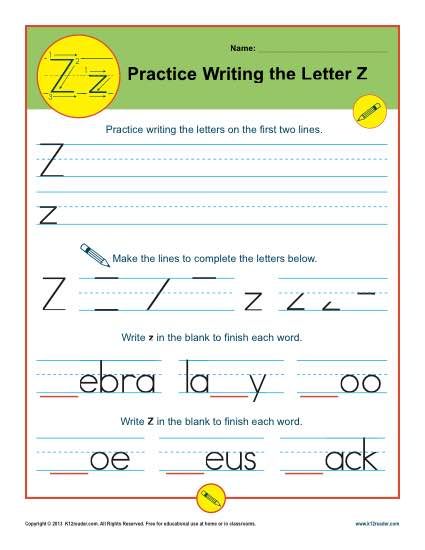 Handwriting and dictation activities are the cornerstone of any multisensory phonics instruction program, as requiring students to consistently practice forming the letters while connecting them to sounds will serve to better embed phonics concepts in the brain.
Handwriting and dictation activities are the cornerstone of any multisensory phonics instruction program, as requiring students to consistently practice forming the letters while connecting them to sounds will serve to better embed phonics concepts in the brain.
For students who struggle with letter formation, explicit instruction is particularly important. Students should be taught to start their letters at the top (or middle, as is the case with some lowercase letters), and use continuous strokes as much as possible. Some letters will require them to lift up their pencils, and they should be taught when to do this. Using lined paper is helpful, as is giving students a variety of visual aids: arrow cues for stroke direction, dots for starting points, dotted letters for tracing, etc. Students also benefit from “skywriting” letters—tracing letters in the air with an index finger while holding their arm straight out.
The letters b, d, p, and q are often confused by younger students. Teaching the correct formation of these letters can help diminish the confusion, as they have different starting points—b, for instance, starts from the top, whereas d starts in the middle. Internalizing the motor patterns for these letters can help make recognition more automatic.
Teaching the correct formation of these letters can help diminish the confusion, as they have different starting points—b, for instance, starts from the top, whereas d starts in the middle. Internalizing the motor patterns for these letters can help make recognition more automatic.
Legibility: An important factor impacting legibility is spacing between words. It’s helpful to encourage students to use a “finger space” between words—right-handed students can put an index finger on the line after one word before writing the next one. This technique doesn’t work for left-handed students, who will benefit from using a narrow tongue depressor as a spacing tool.
Pacing: If students are using an appropriate pencil grasp and forming letters correctly, that will often solve any pacing challenges. Another factor to consider when looking at pacing is the press: Students should not be pressing the pencil down on the paper too hard as they write because doing so can lead to writing fatigue and a greatly reduced rate of letter production.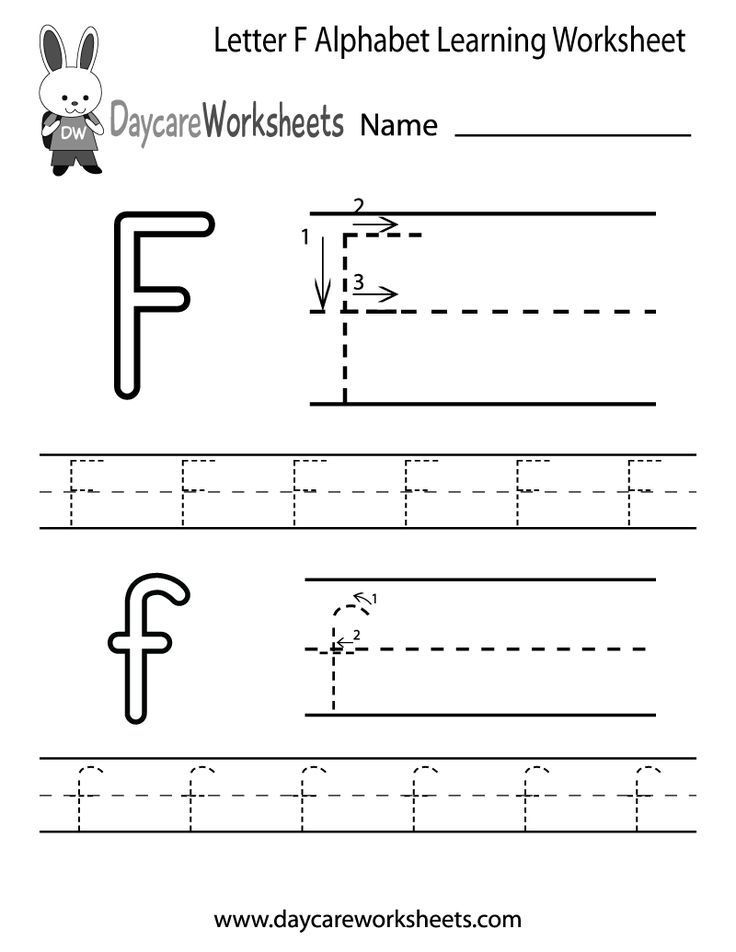 But if they press too lightly, it can be a sign of weak muscles or inappropriate pencil grasp. Encourage students to write with a variety of materials (markers, short pencils, crayons, erasable markers on whiteboards) to help them adjust how hard they press.
But if they press too lightly, it can be a sign of weak muscles or inappropriate pencil grasp. Encourage students to write with a variety of materials (markers, short pencils, crayons, erasable markers on whiteboards) to help them adjust how hard they press.
School days are packed with instructional priorities, and it can be easy to let handwriting fall by the wayside. However, with just a few minutes a day, students’ letter formation skills can improve, leading to positive outcomes for overall literacy development.
Share This Story
Filed Under
- Literacy
- Pre-K
- K-2 Primary
Learning to write block letters of the Russian alphabet. Trainer
Electronic library
Raising children, today's parents educate the future history of our country, and hence the history of the world.
- A.S. Makarenko
Learning to write block letters of the Russian alphabet.
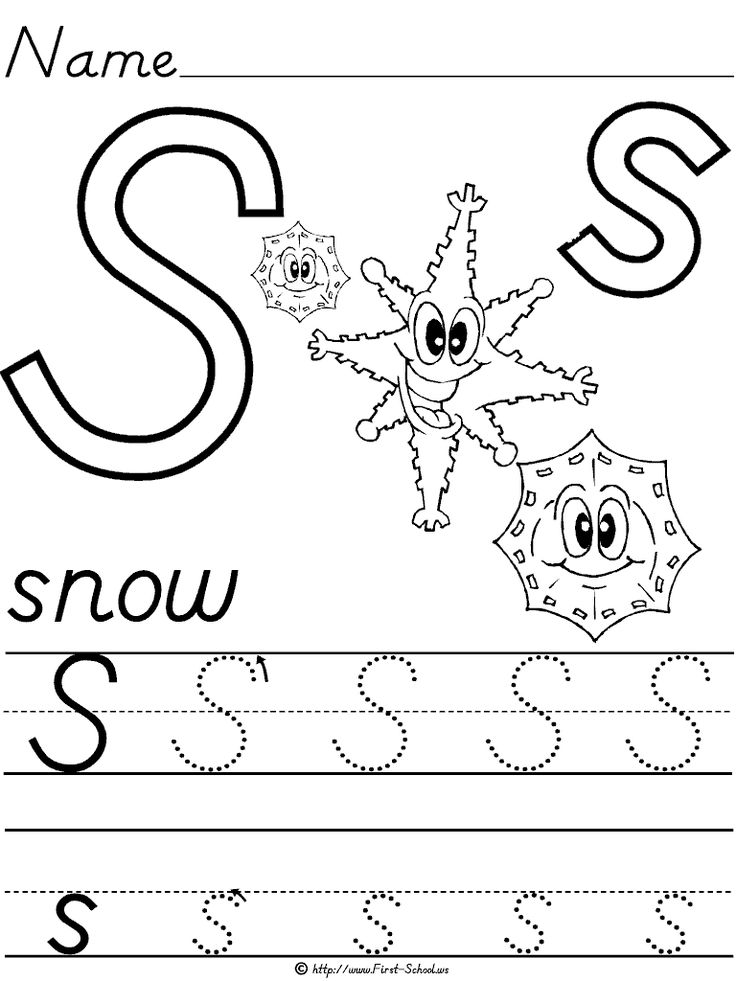 Trainer
Trainer - A
- B
- B
- G
- D
- E
- Yo
- F
- Z
- and
- Y
- K
- L
- M
- H
- O
- P
- R
- C
- T
- W
- F
- X
- C
- H
- W
- W
- b
- S
- b
- E
- Yu
- I
- Tasks
This section contains a simulator that teaches preschoolers 5-6 years old how to write the correct block letters of the Russian alphabet. The simulator consists of a collection of developing children's recipes, arranged in alphabetical order on colored tabs.
Red tabs contain copybooks for studying vowels, blue tabs for studying consonants, gray tabs for studying separating marks. The green tab contains developmental tasks and exercises for consolidating and practical application of writing skills in block letters.
Printing is part of learning to read and write early. This lesson develops attention, fine motor skills, graphic skills, promotes better memorization of the alphabet and improves literacy.
By completing developmental tasks and exercises, the child will get acquainted with block letters, learn how to write them, and also learn the Russian alphabet.
You can print as many copybooks as you need to repeatedly practice writing letters, reinforce your skills, and get a successful learning outcome.
Here various methods of teaching writing in block letters are proposed, which allows you to individually select the most suitable option for your child or put into practice all the proposed methods, making the learning process more interesting and varied for a preschooler.
Tips for working with spelling:
- Let's learn the vowels first. They are simpler and easier to pronounce and remember, at this stage of learning there are no problems even for children with speech disorders.
 Letters denoting the same vowel sound are recommended to be studied in pairs A - I, O - E, U - Yu, E - E, Y - I.
Letters denoting the same vowel sound are recommended to be studied in pairs A - I, O - E, U - Yu, E - E, Y - I. - After vowels, we study consonants. The sequence of study does not matter. As a rule, the letter P and other letters, the pronunciation of which is still difficult for the baby, are studied at the end. It is not recommended to study paired consonants in a row (B - P, G - K, D - T, Z - C, V - F, F - W) - it is difficult for a child at this age not to confuse them by ear.
- There are different approaches to the order of learning the letters, so you can use another, in your opinion, the most acceptable variant of the sequence of letters.
- Practice with your child for no more than 15 to 20 minutes.
- When completing tasks, the preschooler should hold the pen or pencil correctly, without straining the fingers too much.
- It is very important to properly organize the child's workplace: be sure to pay attention to whether it is comfortable for the child to sit at the table, and also where the light source is located.
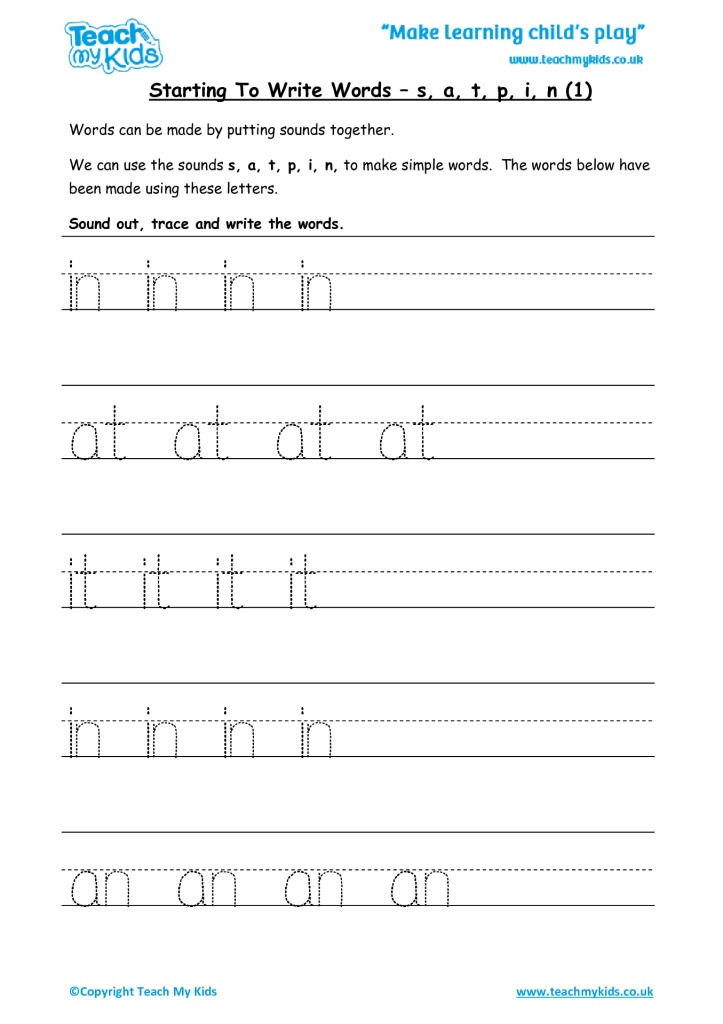 For right-handers, the lamp should be on the left side, and for left-handers, on the right.
For right-handers, the lamp should be on the left side, and for left-handers, on the right. - Don't forget to praise your child, even if he doesn't do well on tasks. From classes, a preschooler should receive only positive emotions. This is a prerequisite for further successful learning.
- Remember that learning should be in the form of an exciting game. In no case should a child be forced to fill out prescriptions - this can consolidate an aversion to learning to read and write for many years.
* 9 methods were used to create the simulator0119 VG Dmitrieva , O.S. Zhukova , M.O. Georgieva , M.P. Tumanovskaya .
- Views: 556390
Children speak
| "Mom, when you didn't have children, did you live like an old man with an old woman?" - Ksyusha, 5 years old |
New
- Lego speech games
- Neurologopedic prescriptions.
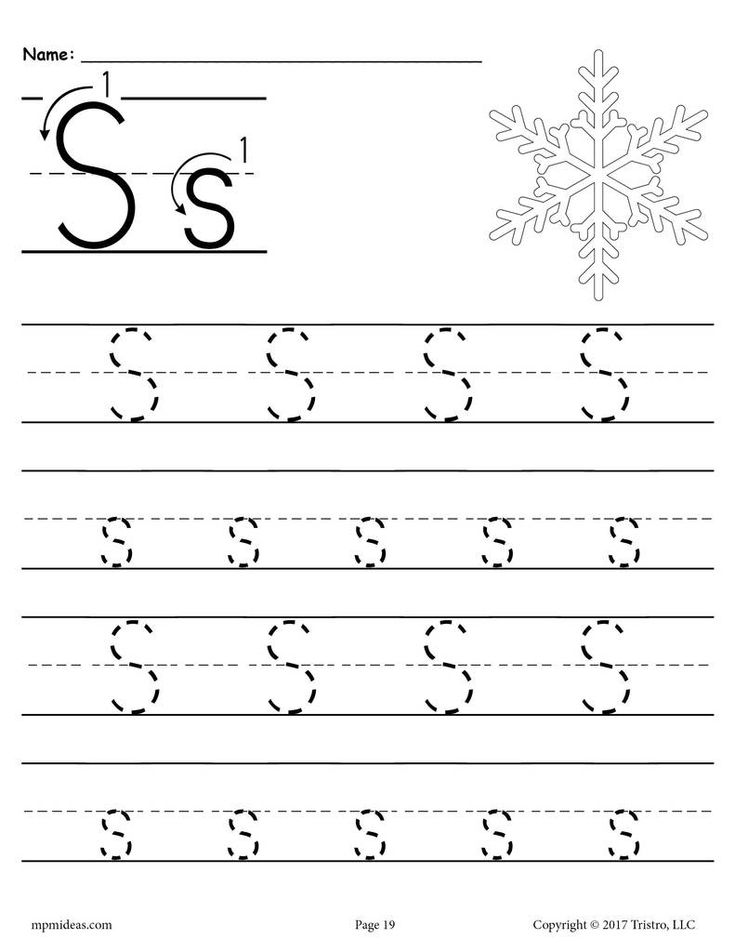 Learning to read and developing speech
Learning to read and developing speech - Become a letter! Dynamic pauses in teaching literacy to preschoolers and younger schoolchildren
- 7 Inexpensive Educational Gifts for Kids
- Speed reading for kids and more
Recommended
Prescription for children
| Preparing for school | |
| Hand development | |
| Teaching writing | |
| Interesting tasks | |
| Modern techniques |
Privacy policy
1st class. Russian language. Lowercase and capital letter С and its combinations with various letters - Learning to write the letter Сс
Teacher's comments
§1. Cases of writing an uppercase and lowercase letter C
Cases of writing an uppercase and lowercase letter C
In the lesson, we will get acquainted with the uppercase and lowercase letter C, p.
Read the lines from Lydia Grzhibovskaya's poem about the letter C.
We need to know the letter C,
To read the word,
Laughter, wit, airplane,
The letter C calls to fly.
We can't do without the letter "C".
Read the story about what once happened to this letter:
The letter C was the fairest, most radiant, happiest letter of the Russian alphabet. After all, she had the brightest heart. One day the letter C was walking through the forest and suddenly got lost. She walked, walked along a forest path and saw a hut. And in that hut lived an old woman. She invited our letter into the house, put the samovar on, took out the dryers and said:
– It's boring for me to live alone in the forest, no one tells me fairy tales, no one reads poetry.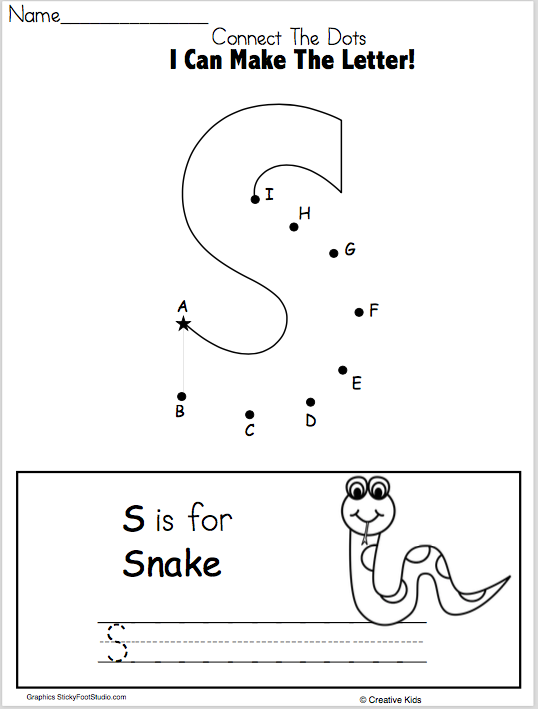 Perhaps I will not let you go anywhere, you will live with me!
Perhaps I will not let you go anywhere, you will live with me!
– Oh, I can’t stay in your forest to live, – the letter C answers her, – judge for yourself: who will replace me in the alphabet, and if anyone can replace me, then you’ll get completely different words! Look: you live in the forest. And let's replace the letter c in the word "forest" with the letter c, then we get "lion".
“Oh, don’t, don’t,” says the old woman, “I don’t need a lion!” I'm afraid of him!
- And here the arctic fox ran, and let's replace the letter c and we get a singer!
“And I don’t need singers in the forest,” the old woman answered.
- If I do not return to the alphabet, trouble will happen. Indeed, without me, many names and names will become completely different words, look: a spark is a caviar, a warehouse is a treasure, a lotus is a loto, and an olive will turn into a raspberry.
- Oh, I understand, I understand - I can't do without you in the Russian alphabet! Come home, and I'll show you the way! - said the old woman.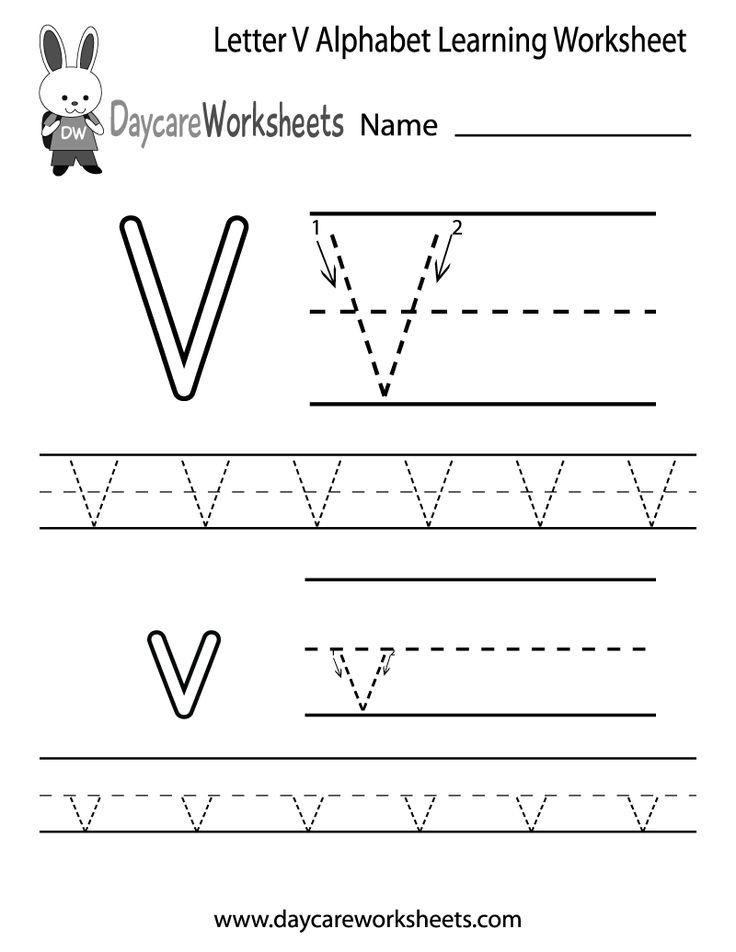
So our quick-witted letter C returned home, and everything fell into place. There were no misunderstandings.
When should capital C be used?
The capital letter C is written in proper names, which include: first names, patronymics, surnames of people, animal names and geographical names.
For example:
Svetlana, Stepan, Sidorov, Samara, Sviyaga.
All these words are capitalized.
The beginning of sentences is also capitalized.
For example:
The elephant walks around the arena like a big stage performer.
Otherwise, write the lowercase letter c.
§2. Writing the letter C
Let's look at the written letters C, c.
Compare them with block letters.
They differ only in inclination.
Lidia Grzhibovskaya compares the letter C with half the letter O, o.
The elephant stands so big,
He shakes his head,
He gives us the letter C,
The same O, but in half.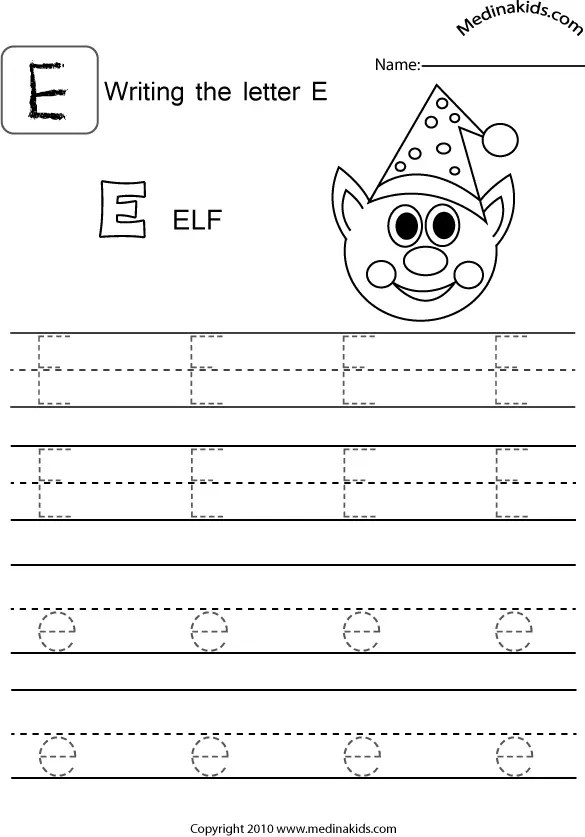
Let's learn how to write the capital letter S.
It looks like half an oval. It has one element.
We start writing a letter from the middle of the additional ruler.
Draw a semi-oval line from right to left, lower it down, round it to the right, touching the bottom line of the working line.
Now let's write a lowercase c.
It differs from the capital letter only in size.
We begin to write it just below the top line of the working line.
From right to left, write a semi-oval line, touching the top line of the working line, lower the line down, round it to the right, touching the bottom line of the working line.
We will combine the capital and lowercase letters C, with with other letters in the same way.
Top connection: we lead the end of the letter to the top line of the working line, from where the next letter will be written. The lower connection is not issued separately.
We will write the next letter from the end of the letter c.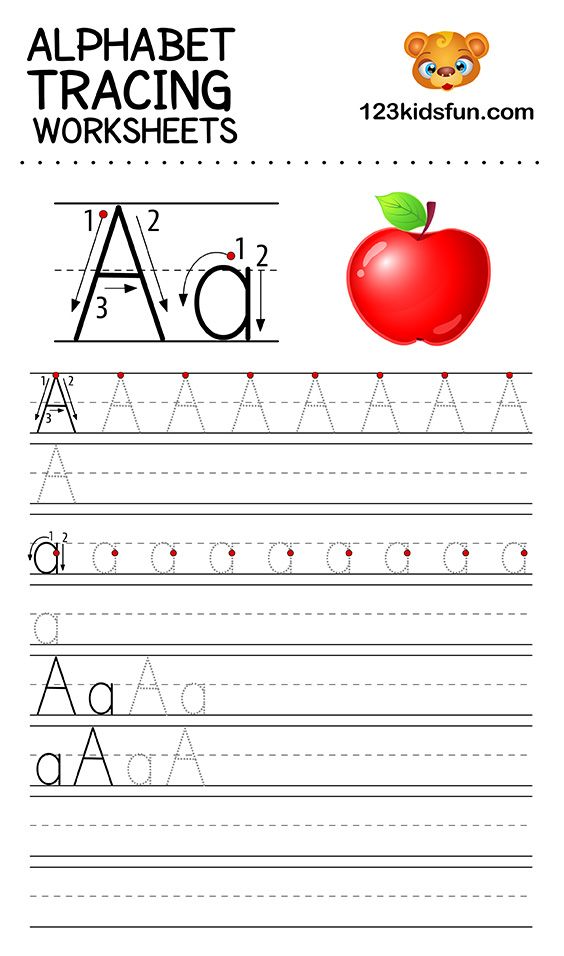
Let's write the syllables:
and words with these syllables:
The letter C conveys the sound [s] and the sound [s`].
Consider examples:
Flies all night -
Gets mice.
And it will become light -
Sleep flies into a hollow.
The answer is the word "owl".
In it, the letter C conveys the sound [s] - consonant, deaf, hard.
Bathed in water
But remained dry.
This is a goose.
The characteristic of the sound in this case is as follows: [с`]: consonant, deaf, soft.
§3. Brief summary of the lesson
Let's summarize the lesson:
- In this lesson you have learned how to write capital and lowercase letters С, с.
- We learned that the letter C conveys a consonant deaf hard sound [s] and soft [s`]. And they found out that the names, surnames, patronymics of people, nicknames of animals, place names, as well as the beginning of sentences are capitalized.

Learn more

